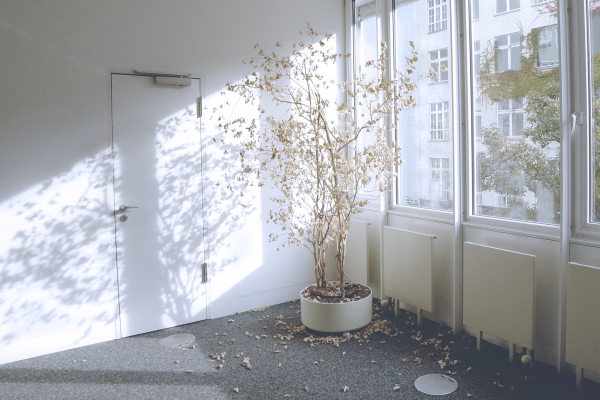I WAS GOING through a period of grieving when a friend in my St. Stephens’ family told me about a centering prayer/meditation group that met Thursday afternoons at the church. I had never heard the term “centering prayer,” but I had tried meditation a number of times. “I’m no good at that,” I explained, but her quiet kindness was persuasive. Hey, maybe there was something in it for me, too. I thought I’d give it a try.
As I attended more sessions and read more and more about centering prayer, I realized that my initial reaction revealed what was impeding growth. Being good at something, succeeding at it, was how the hardworking, achievement-oriented me had (mis)understood this spiritual practice. That hardy, eager little self—going also by the name of ego—had served me well to get to where I had gotten, but it was often a handicap in the territory I was beginning (cautiously) to enter with my Thursday afternoon group.
I recall at one point complaining, as little selves are wont to do, that I felt like a too-large Alice crammed into a small box when I meditated. I was right. My robust ego, with whom I was overly identified, would never make it through the narrow meditation door and into the beautiful garden. No wonder I had been baffled by phrases such as “Blessed are the poor in spirit.” Really? Wouldn’t Jesus want us to be rich in spirit? Poverty empties us for the hugeness of God. I had to let go.
Read the Full Article

